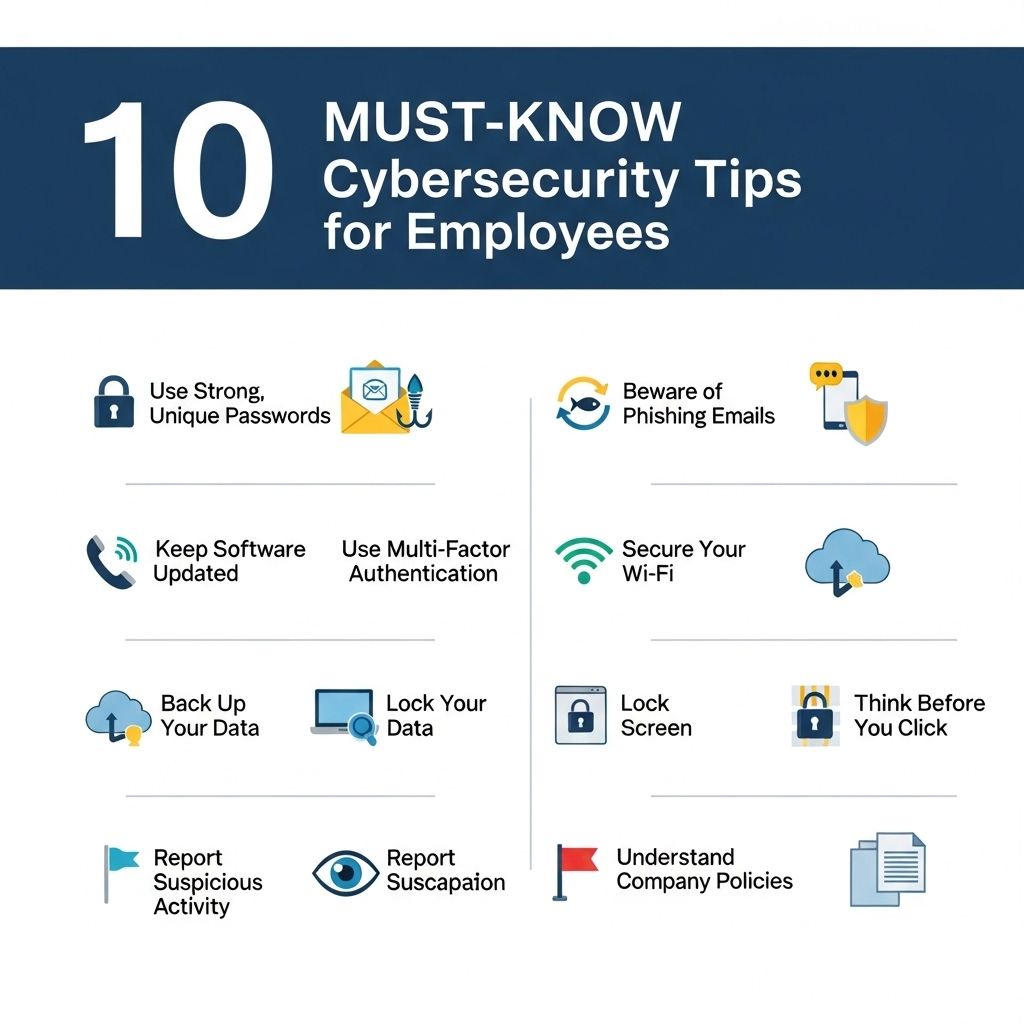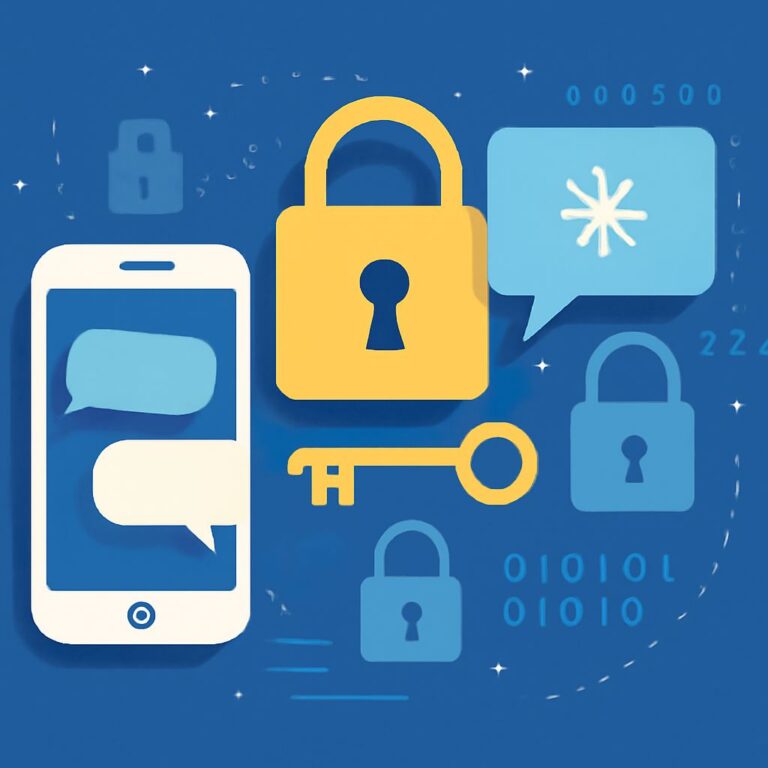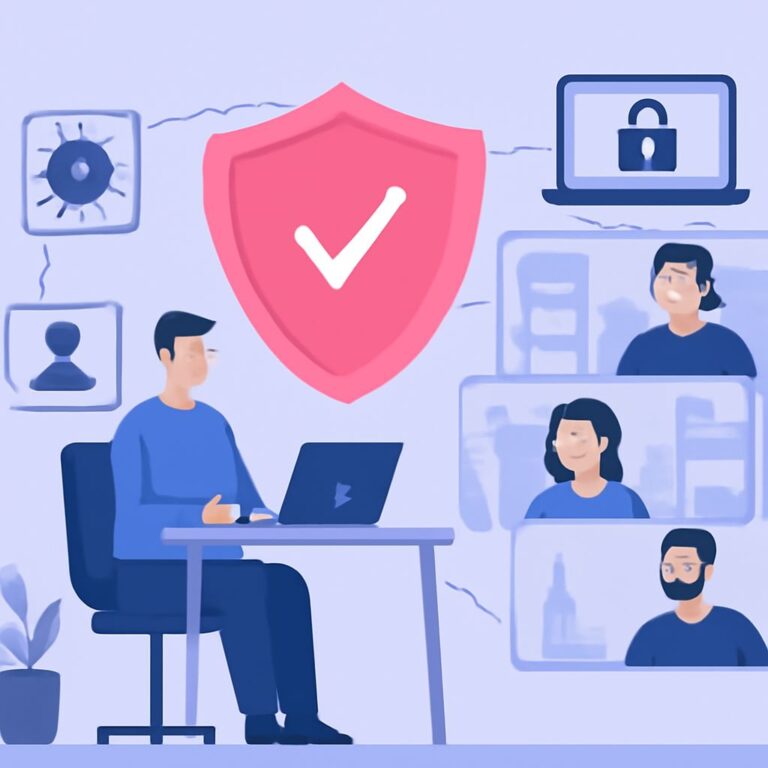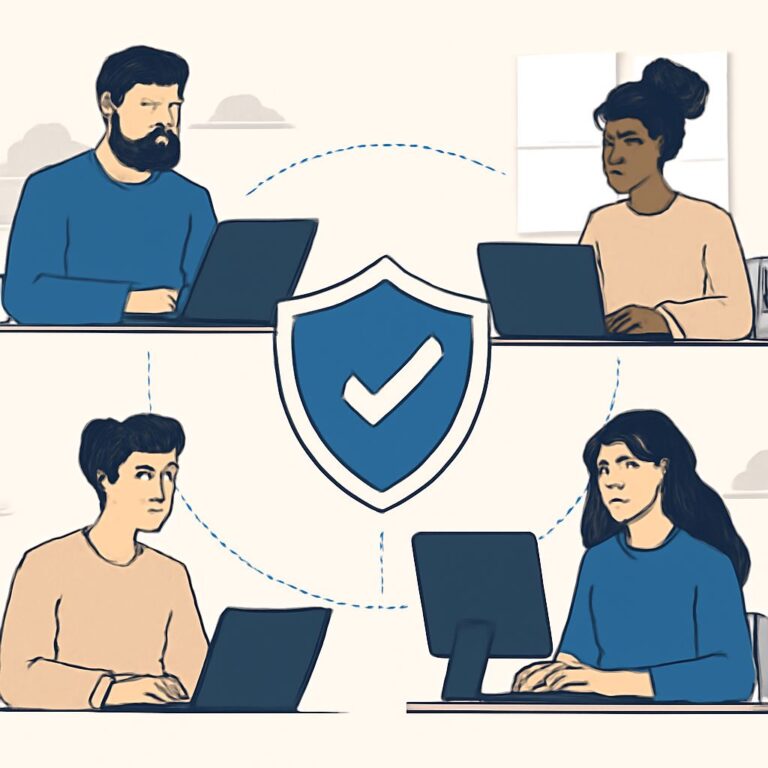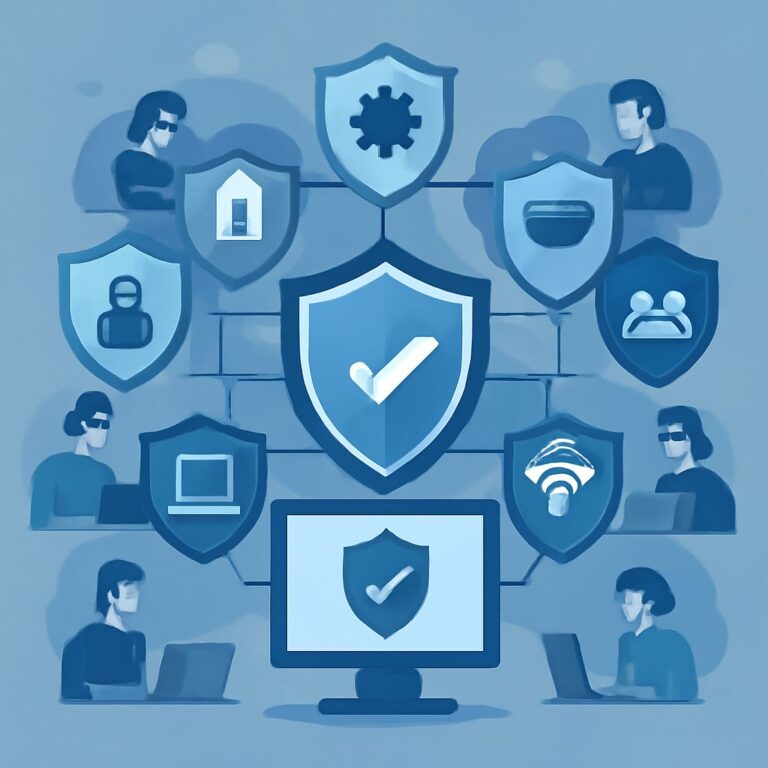In today’s digital age, cybersecurity has become a cornerstone of organizational safety and integrity. With increasing threats from sophisticated cybercriminals, it is crucial for employees to be well-equipped with knowledge and practices that help safeguard sensitive information. This article dives into essential cybersecurity tips that every employee should adopt to contribute towards a secure working environment.
Table of Contents
Understanding Cybersecurity
Cybersecurity is the practice of protecting systems, networks, and programs from digital attacks. These attacks typically aim to access, change, or destroy sensitive information, extort money from users, or interrupt normal business processes. Employees are often seen as the first line of defense in this ongoing battle against cyber threats.
Essential Cybersecurity Tips
1. Use Strong Passwords
A strong password is one of the simplest yet most effective ways to protect your accounts. Here are some guidelines for creating strong passwords:
- Use a mix of uppercase and lowercase letters.
- Incorporate numbers and special characters.
- Avoid using easily guessable information such as birthdays or names.
Consider using a password manager to store complex passwords securely, as this can help mitigate the risk of forgetting them.
2. Implement Multi-Factor Authentication (MFA)
Multi-factor authentication adds an extra layer of security by requiring two or more verification methods. Common forms include:
- Something you know (password).
- Something you have (security token or smartphone).
- Something you are (fingerprint or facial recognition).
By enabling MFA, employees can significantly reduce the chances of unauthorized access to their accounts.
3. Recognize Phishing Attempts
Phishing is a method used by attackers to trick users into providing sensitive information. Here’s how to recognize phishing attempts:
- Check for misspellings or unusual sender addresses.
- Be wary of unsolicited messages requesting personal information.
- Hover over links to verify the URL before clicking.
4. Keep Software Updated
Regularly updating software is critical for protecting against viruses and malware. Updates often contain patches for security vulnerabilities. Employees should:
- Enable automatic updates whenever possible.
- Regularly check for updates on installed software and applications.
5. Use Secure Connections
Whenever possible, access company networks through secure connections. Here are a few tips:
- Use a Virtual Private Network (VPN) when working remotely.
- Avoid using public Wi-Fi for accessing sensitive information.
- Ensure that the website URL begins with ‘https://’ when submitting any personal data.
6. Be Cautious with Emails and Attachments
Emails are a common entry point for cyber attacks. Follow these practices to stay safe:
- Do not open attachments from unknown senders.
- Verify the authenticity of emails before responding or clicking on links.
- Be cautious of emails that create a sense of urgency.
7. Backup Important Data
Regularly backing up data can safeguard against data loss due to ransomware or malicious attacks. Implement the following strategies:
- Use cloud storage solutions for automatic backups.
- Store copies of critical data on an external hard drive.
- Establish a backup schedule to ensure consistency.
8. Secure Your Workstation
Ensure that your workstation is secure by following these tips:
- Lock your computer when stepping away, even for a short period.
- Use cable locks for laptops in shared spaces.
- Clear your workspace of sensitive material when not in use.
9. Educate Yourself and Others
Continuous education is vital in the ever-evolving field of cybersecurity. Consider the following:
- Attend cybersecurity training sessions organized by your company.
- Stay updated on the latest cybersecurity trends and news.
- Share knowledge with colleagues to promote a culture of security.
10. Report Incidents Promptly
If you encounter a potential security threat, report it immediately. Quick action can minimize damage. Follow these steps:
- Document the details of the incident.
- Notify your IT department or cybersecurity team.
- Follow their instructions on how to proceed.
Conclusion
Cybersecurity is a shared responsibility, and every employee plays a crucial role in safeguarding the organization’s assets. By following these ten essential tips, you can significantly reduce the risk of cyber threats and contribute to a safer working environment. Remember, staying informed and vigilant is key to outsmarting cybercriminals.
FAQ
What are the best practices for creating strong passwords?
Use a combination of upper and lower case letters, numbers, and special characters. Avoid using easily guessable information like birthdays or names.
How can I recognize phishing emails?
Look for suspicious sender addresses, poor grammar, urgent requests for personal information, and unexpected attachments or links.
Why is it important to keep software updated?
Software updates often include security patches that protect your device from vulnerabilities that cybercriminals can exploit.
What should I do if I suspect a data breach?
Immediately inform your IT department, change your passwords, and monitor your accounts for suspicious activity.
How can I protect sensitive information when working remotely?
Use a secure VPN, avoid public Wi-Fi for sensitive transactions, and ensure that your devices are password-protected.
What is the significance of two-factor authentication?
Two-factor authentication adds an extra layer of security by requiring a second form of verification beyond just your password.

